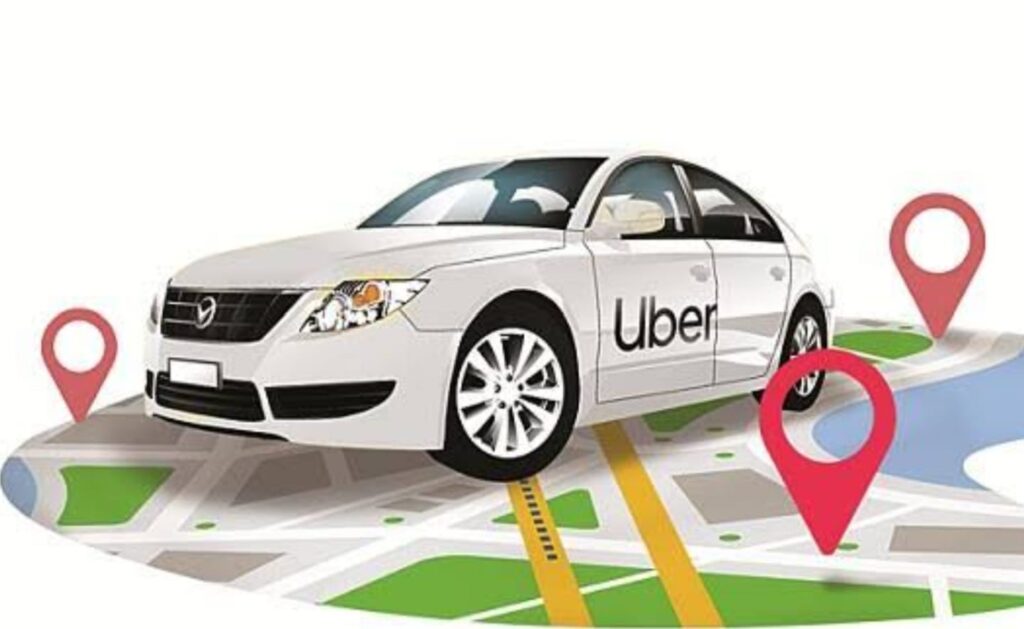- Sexual Harassment Claims Cloud Uber’s Safety Record
- Growing Concerns Over Rider Safety
Article Today, New York:
Uber, the world’s largest ride-sharing company, promotes itself as a safe option for passengers. However, recent findings reveal a different reality. According to an investigation by The New York Times, millions of passengers worldwide faced sexual harassment or assault between 2017 and 2022. The report has triggered widespread criticism of the company’s safety measures.

One Complaint Every Eight Minutes
The report says that in the United States alone, a sexual harassment or assault complaint was filed every eight minutes during Uber rides. Most complaints came from women passengers. Many victims hesitated to speak publicly, but the number of reported cases itself highlights the severity of the issue.
Profits Over Passenger Protection
Investigations suggest Uber failed to take adequate safety steps despite being aware of the problem. Critics allege that the company neglected thorough background checks on drivers and delayed introducing advanced safety features, considering them a financial burden. Some drivers with criminal records were hired. Victims said such drivers took them through unsafe, isolated routes, often ignoring safety concerns by citing navigation apps.
Voices of Victims
Survivors of harassment say they received little or no meaningful response from Uber. In several cases, complaints were dismissed without proper support. This perceived indifference has led to frustration among victims. Some took legal action, but the cost and length of the process discouraged many from pursuing justice.
Doubts Over Safety Features
Uber has introduced tools like Ride Check, emergency buttons, and real-time location sharing to improve passenger safety. Yet, their effectiveness remains in question. Many passengers are unaware of these features or reluctant to use them. Inconsistent availability across regions adds to the problem. Even phone number masking, meant to protect privacy, failed in some cases, allowing drivers to contact passengers directly.



